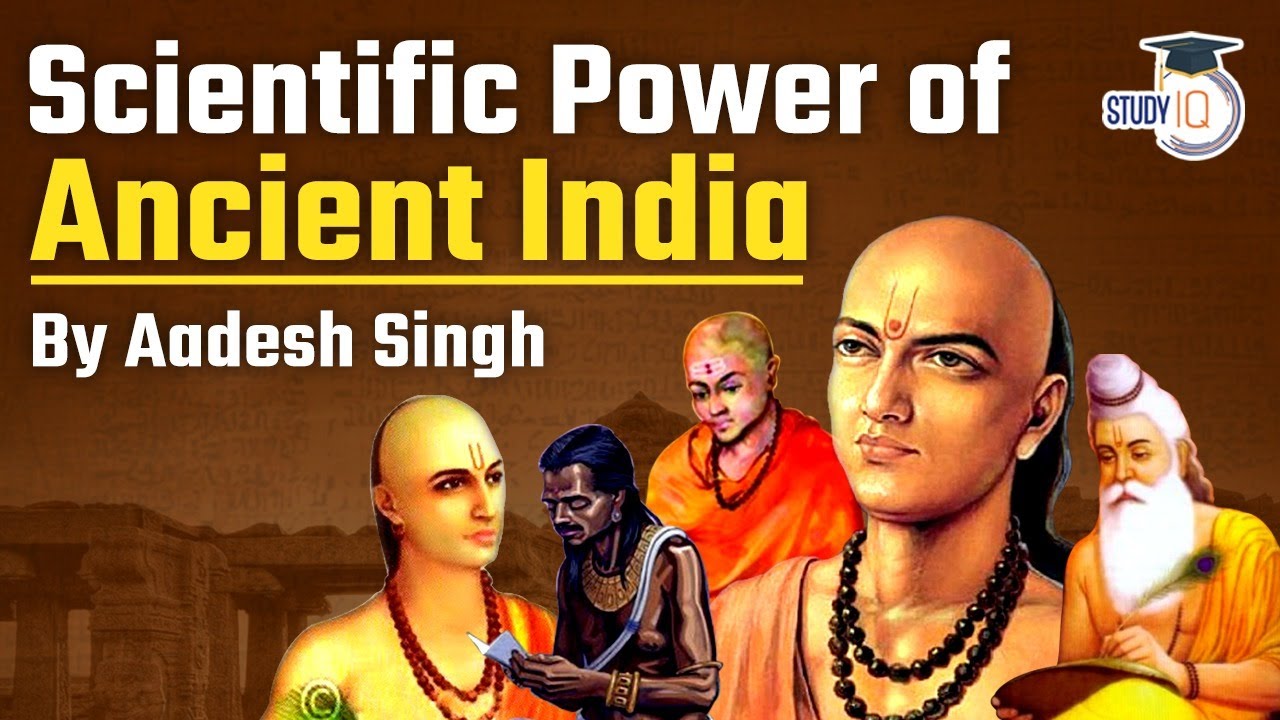Conception to birth -- visualized | Alexander Tsiaras
Summary
TLDRIn this insightful talk, the speaker, an associate professor of medicine and chief of scientific visualization at Yale, discusses their pioneering work in virtual surgery algorithms for NASA and the profound impact of new scanning technologies on our understanding of the human body. From the intricate structure of collagen to the miraculous development of a fetus, the speaker marvels at the complexity and precision of biological mechanisms, highlighting the ongoing studies of brain development in infants and the extraordinary capabilities of the female body in nurturing life.
Takeaways
- 🎓 The speaker was offered a position as an associate professor and chief of scientific visualization at Yale University, focusing on writing algorithms for virtual surgery in space.
- 🚀 The work involved preparing for deep-space flight by creating algorithms for NASA, enabling virtual surgery through robotic pods for astronauts.
- 🔬 The speaker witnessed new scanning technologies revealing previously unseen aspects of the body, including disease management and structural marvels.
- 🧬 The unique structure of collagen was highlighted, particularly its change in the cornea of the eye, where it forms a grid, allowing transparency.
- 🏆 Collaboration with Paul Lauterbur, who later won the Nobel Prize for inventing MRI, led to the development of algorithms for scanning the development of a fetus from conception to birth.
- 👶 The project 'From Conception to Birth' showcased the intricate and rapid development of a fetus, highlighting the biological mechanisms at play.
- 💓 The marvel of the human heart's development was described, from two strands at 25 days to a fully formed organ within weeks, illustrating the complexity of biological processes.
- 🧠 The complexity of the brain's development, with its folding and the formation of gyri and sulci, was emphasized, along with an ongoing study to observe this process in children.
- 🌐 The speaker marveled at the body's vast network of capillaries, totaling nearly 60,000 miles, and the intelligence behind their formation and function.
- 🤰 The speaker pondered the complexity of the female body's ability to build itself and nurture a child, reflecting on the 'magic' and 'divinity' of biological processes.
- 👏 The presentation concluded with a standing ovation, reflecting the audience's appreciation for the insights into the marvels of human development and biology.
Q & A
What was the speaker's position at Yale University?
-The speaker was offered a position as an associate professor of medicine and chief of scientific visualization in the department of medicine at Yale University.
What was the primary role of the speaker's job at Yale?
-The speaker's job was to write algorithms and code for NASA to perform virtual surgery, preparing for astronauts going into deep-space flight and being kept in robotic pods.
What new scanning technologies were being used in the speaker's work?
-The speaker was using new scanning technologies that allowed them to see things in the body that had never been seen before, including disease management and other aspects of the body's structure.
Why is the collagen structure in the cornea of the eye different from the rest of the body?
-In the cornea, collagen changes its structure to a grid formation, which allows it to be transparent instead of opaque, unlike the rope-like structure found elsewhere in the body.
Who was the person working on the micromagnetic resonance imaging machine with the speaker?
-Paul Lauterbur was the person working on the micromagnetic resonance imaging machine with the speaker, who later won the Nobel Prize for inventing the MRI.
What project did the speaker mention involving the development of a fetus from conception to birth?
-The project involved scanning the development of a fetus from conception to birth using new technologies, for which the speaker wrote the algorithms and code.
What is unique about the development of the human heart at 25 days?
-At 25 days, the human heart is just basically two strands, and it develops through a process similar to origami, folding on itself to eventually form a mature heart.
What is the significance of the trophoblasts in the development of the fetus?
-Trophoblasts are clusters of tissue that come off the blastocyst and burrow into the side of the uterus, signaling their intention to stay and communicate with hormones to establish the pregnancy.
How does the speaker describe the complexity of the human body's development?
-The speaker describes the complexity as beyond human comprehension, marveling at the biological mechanisms and mathematical models that guide the development without making mistakes.
What new studies is the speaker involved in regarding babies' brains?
-The speaker is involved in two new studies that involve scanning babies' brains from the moment they are born, every six months until they are six years old, to observe how the brain's gyri and sulci fold and develop.
What does the speaker find remarkable about the woman's body during pregnancy?
-The speaker finds it remarkable that a woman's body has the genetic structure not only to build her own body but also to become a mobile system that can nurture and treat the child with a kind of marvel beyond comprehension.
Outlines

このセクションは有料ユーザー限定です。 アクセスするには、アップグレードをお願いします。
今すぐアップグレードMindmap

このセクションは有料ユーザー限定です。 アクセスするには、アップグレードをお願いします。
今すぐアップグレードKeywords

このセクションは有料ユーザー限定です。 アクセスするには、アップグレードをお願いします。
今すぐアップグレードHighlights

このセクションは有料ユーザー限定です。 アクセスするには、アップグレードをお願いします。
今すぐアップグレードTranscripts

このセクションは有料ユーザー限定です。 アクセスするには、アップグレードをお願いします。
今すぐアップグレード関連動画をさらに表示

Ancient India's Scientific Achievements & Contribution in Mathematics, Astronomy, Science & Medicine

Ibnu Zuhr - Pionir Bedah dan Penemu Obat obatan| Cahya Kamila K - 11 Maria El Qibty

Food for thought: How your belly controls your brain | Ruairi Robertson | TEDxFulbrightSantaMonica

How omics and bioinformatics are used in the Precision Medicine Lab

Harvard Professor Explains Algorithms in 5 Levels of Difficulty | WIRED

Amy Cuddy TED Talk - Fake it Till You Make it
5.0 / 5 (0 votes)
